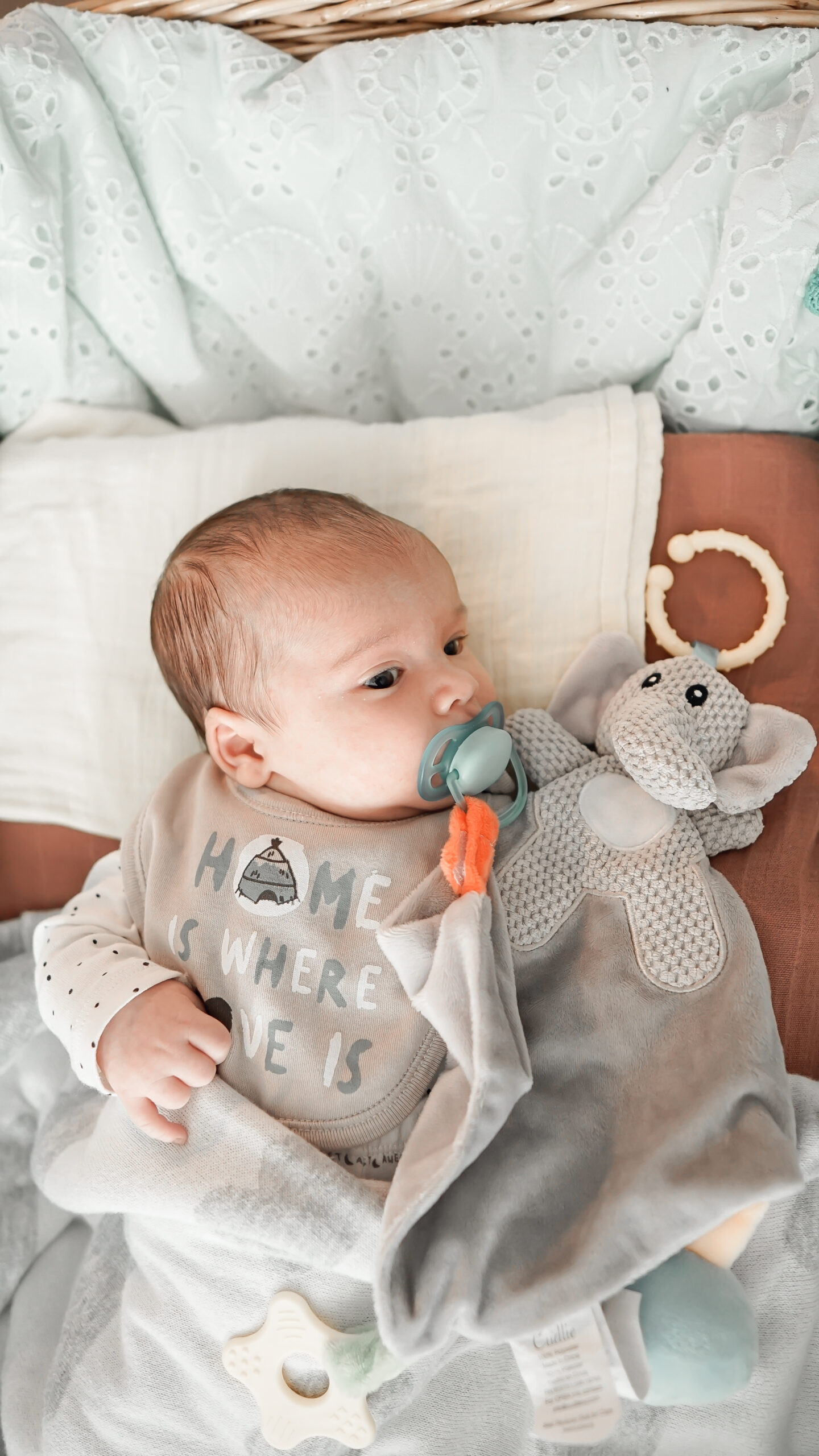Guide for Parents: When Can Baby Put Pacifier Back in Mouth
Hello lovely parents! Welcoming a baby into this beautiful world comes with a multitude of questions. One common question that boggles most parents’ minds revolves around the little piece of soothing magic: the pacifier. More specifically, when can baby put pacifier back in their mouth? Well, we’ve got your back! This guide will provide helpful insights to answer that particular question. So let’s dive right in!
The Pacifier Journey: When Do Babies Start?
Babies have a natural need to suck, which is why many parents consider pacifiers as an absolute lifesaver! Usually, introducing the pacifier begins when the baby is about one month old. This is also the same time when your baby’s packing bag will start including a small, often colorful item. It’s quite a funny sight, right? However, when they can actually put it back into their mouths independently is a different story. Let’s explore that next!
The Big Moment: When Can Babies Put the Pacifier Back in Their Mouths?
The exciting (and relieving) moment when babies become able to put their pacifiers back in their mouths usually happens around their 6 to 8 month mark. Their fine motor skills are usually developed enough by this age and they recognize that the beloved pacifier belongs in their mouth. This newfound ability is quite a milestone and a step towards their independence.

Credit: Pexels
Factors Influencing the Ability to Replace Pacifier
While a majority of babies start putting pacifiers back around 6 to 8 months, it is not a rigid rule. Each little angel’s development can be unique and can vary based on individual growth factors such as their physical development, grasp reflex, and hand-eye coordination. So don’t worry if your baby takes a bit longer or starts earlier than this timeframe, it’s all part of the journey!
Making the Milestone Easier: Parent Tips
Our ultimate parent tip to encourage your baby to replace their pacifier independently is to create a supportive environment. Keep pacifiers within their reach, guide their hands to the pacifier, and cheer them on when they’re attempting to do it themselves. The repetition will gradually help them master this skill.
Is There A Need to Rush?
Take a deep breath; there’s no need to rush anything. Remember, every baby learns and grows at their own pace. It’s best to let them explore this new skill in their own timing. While it can certainly provide you with more peace (and sleep), it’s not a critical milestone in your baby’s development. So let the magic happen organically!
Conclusion
There we have it, folks; the mystery of when babies can put their pacifier back in their mouths has been unveiled! It’s generally around their 6-8 month mark, but remember, each child is wonderful in their own distinct way. So don’t be overly concerned if your little munchkin takes more or less time. You’re doing a great job as a parent, keep it up!
Preparing for When Baby Can Put Pacifier Back in Mouth
Bringing a new bundle of joy into the world can bring a multitude of questions. An essential inquiry many parents have is: when can a baby put a pacifier back in their mouth? We are here to provide important details on this crucial developmental milestone.
1. Age Consideration
Typically, babies can start putting their pacifiers back into their mouths independently at around 6 to 8 months of age. This is a rough estimate as each child develops at their own pace, so don’t worry if your baby isn’t reaching this milestone at this exact timeframe.
2. Motor Skills Development
When your baby can return the pacifier to their own mouth, this shows they have developed the necessary fine motor skills. This involves the coordination of small muscles, mainly in hands and fingers, with the eyes.
3. Pacifier Safety
No matter how well your baby handles their pacifier, safety should always be a priority. Always inspect pacifiers for wear and tear, clean them regularly to avoid bacteria build-up, and never attach them to strings or cords as they pose a choking hazard.
4. Self-Soothing Ability
Babies who can put their own pacifier back in their mouth have developed a level of self-soothing. Self-soothing is an important aspect of independence and emotional development for babies.
5. Consider Pacifier Weaning
Although having your baby put their pacifier back in their mouth is a milestone, it’s important to consider when to start weaning them off the pacifier. Pediatricians often recommend starting this process around the age of one.
Remember, every child is unique in their development and it’s essential to celebrate each milestone as they come, no matter when they happen.
For more great articles please see here. For more information on raising children see here
Disclaimer
The articles available via our website provide general information only and we strongly urge readers to exercise caution and conduct their own thorough research and fact-checking. The information presented should not be taken as absolute truth, and, to the maximum extent permitted by law, we will not be held liable for any inaccuracies or errors in the content. It is essential for individuals to independently verify and validate the information before making any decisions or taking any actions based on the articles.




